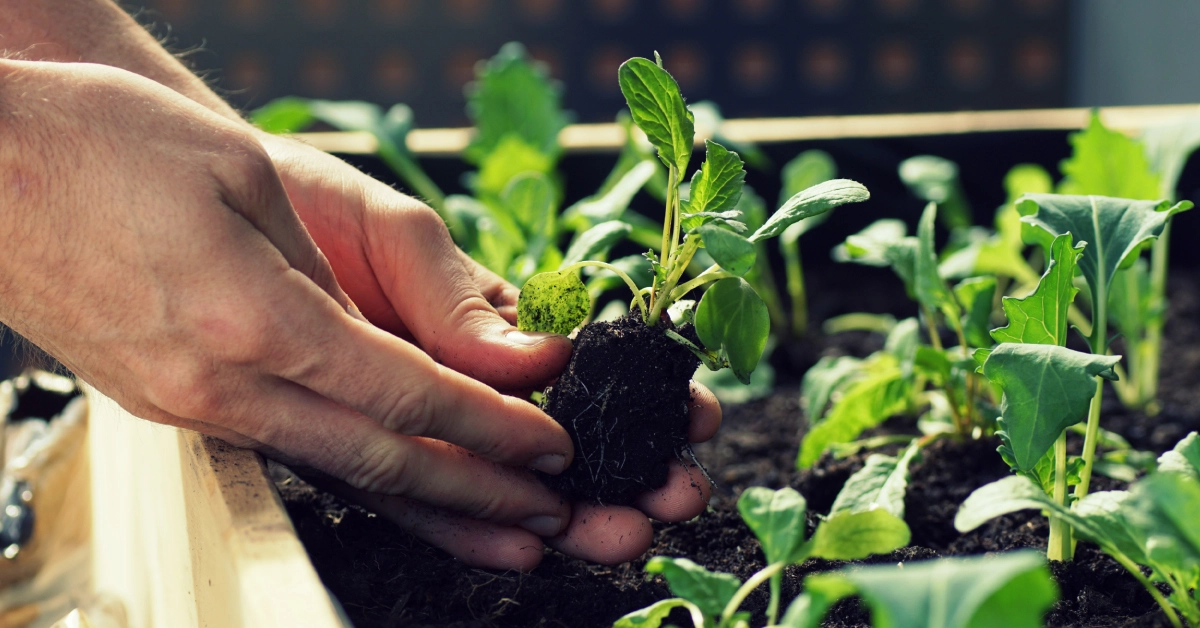Growing your own vegetables can be a rewarding experience that provides fresh, nutritious produce for you and your family. By cultivating your own vegetable garden, you can enjoy the satisfaction of harvesting homegrown food while also saving money and reducing your environmental impact.
When starting a vegetable garden, it's essential to choose the right location. Select a site that receives at least six to eight hours of sunlight per day, as most vegetables require full sun to thrive. Ensure the soil is well-draining and rich in organic matter to support healthy plant growth.
Selecting the right vegetables to grow is crucial for a successful garden. Consider your climate, soil conditions, and personal preferences when choosing which vegetables to plant. Start with easy-to-grow crops like lettuce, radishes, and beans, and gradually expand your garden as you gain experience.
Proper watering and fertilization are essential for a thriving vegetable garden. Most vegetables require consistent moisture, so water your garden regularly, especially during dry periods. Use a balanced fertilizer to provide the necessary nutrients for healthy plant growth. Regularly monitor your plants for signs of pests or diseases and address any issues promptly.
Harvesting your vegetables at the right time ensures the best flavor and quality. Research the specific harvesting requirements for each vegetable you grow, and keep track of their maturity dates. Regularly harvest ripe vegetables to encourage continued production and prevent over-ripening.
Documenting your gardening journey can be a valuable tool for future success. Keep a garden journal to record your planting dates, watering and fertilization schedules, and harvesting notes. Reflect on your successes and challenges, and use this information to improve your gardening practices in the future.
